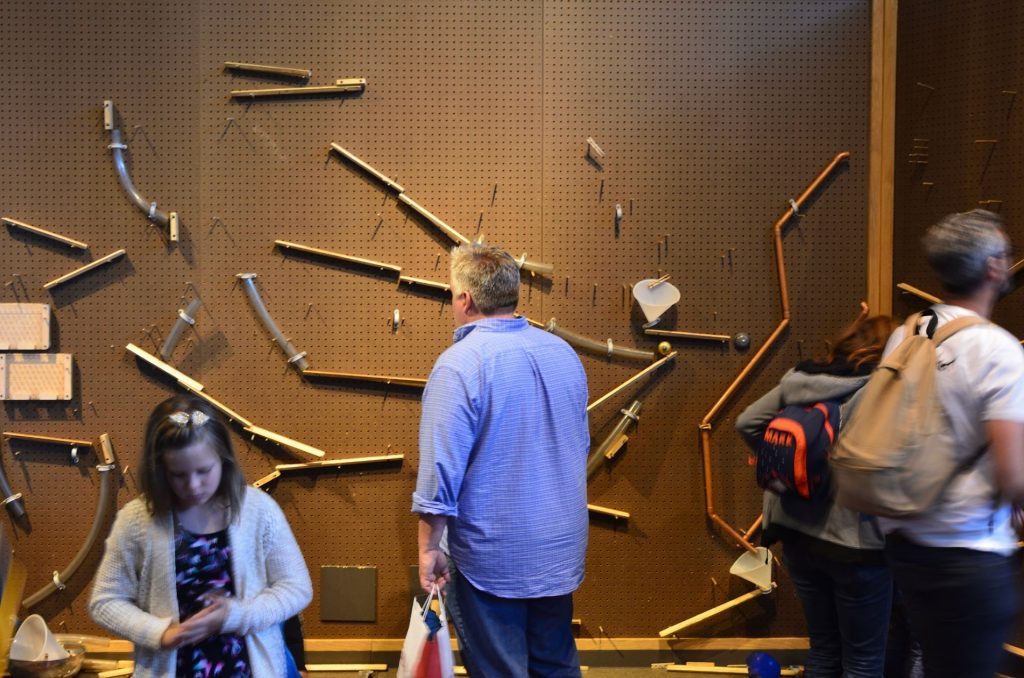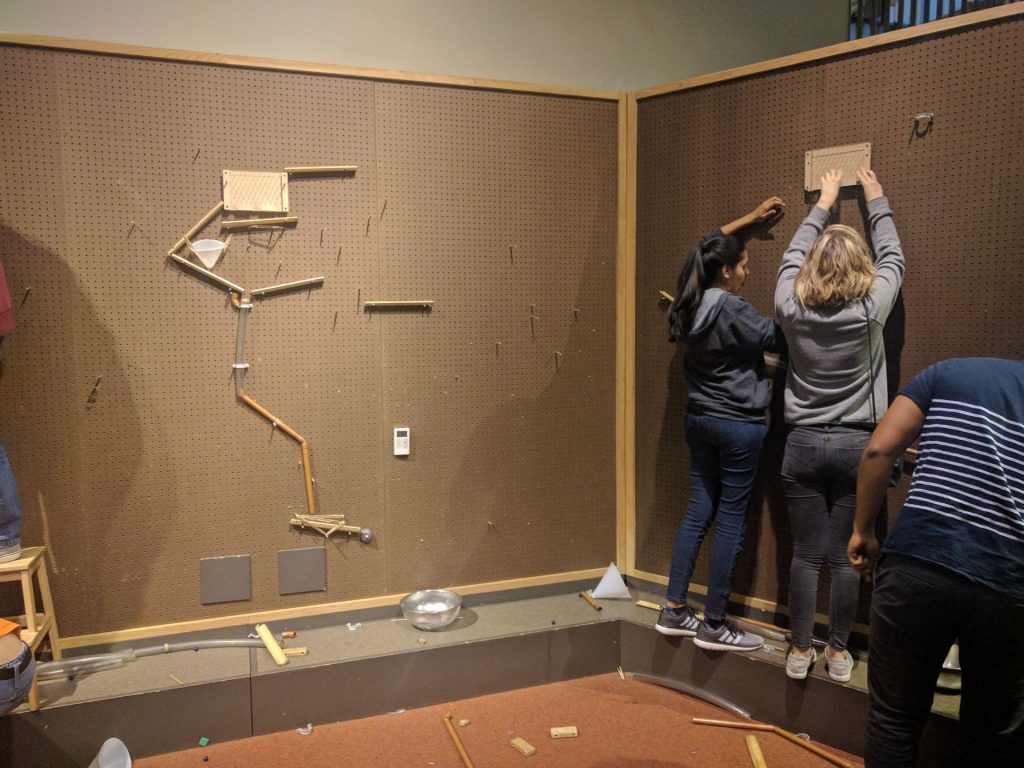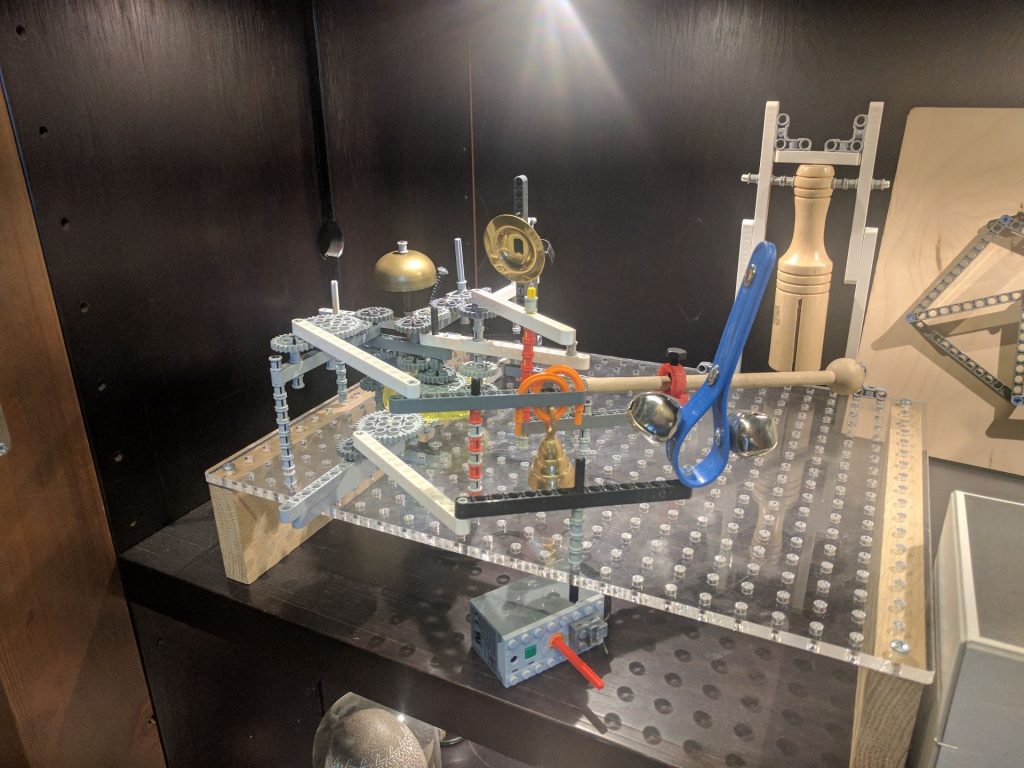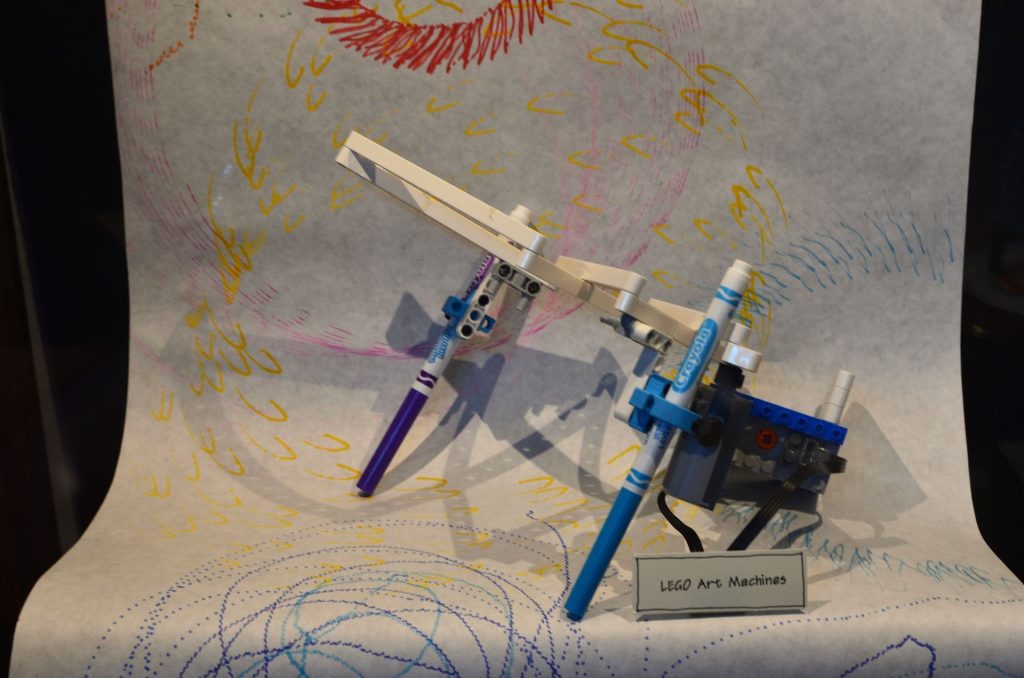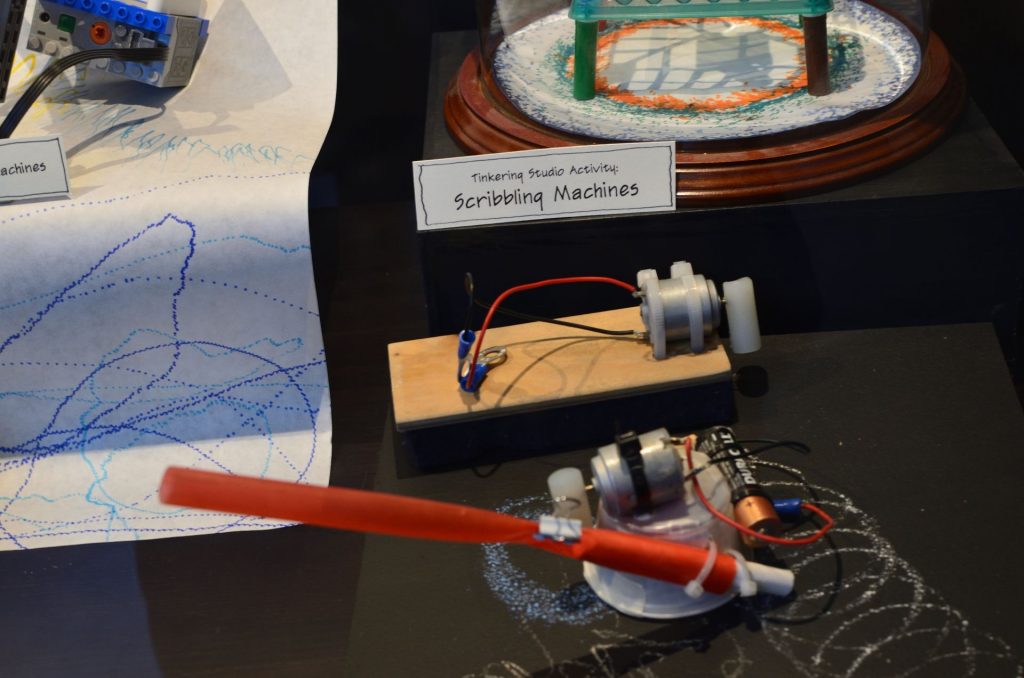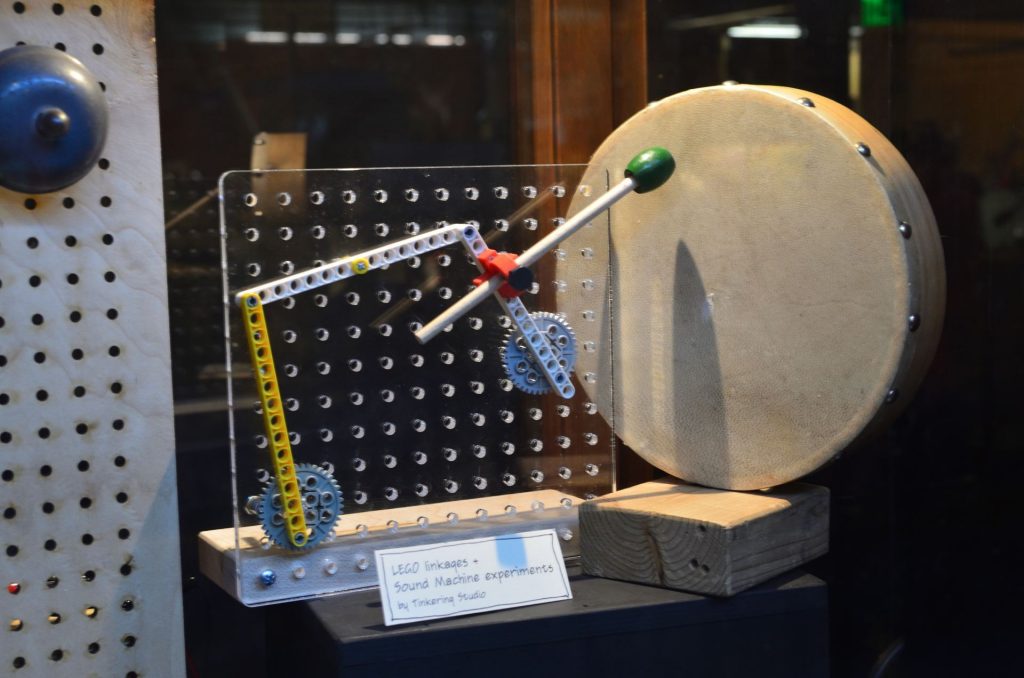As 2017 draws to a close, I’d like to take this opportunity to look back on what learned this year.
Designing and testing STEM Projects
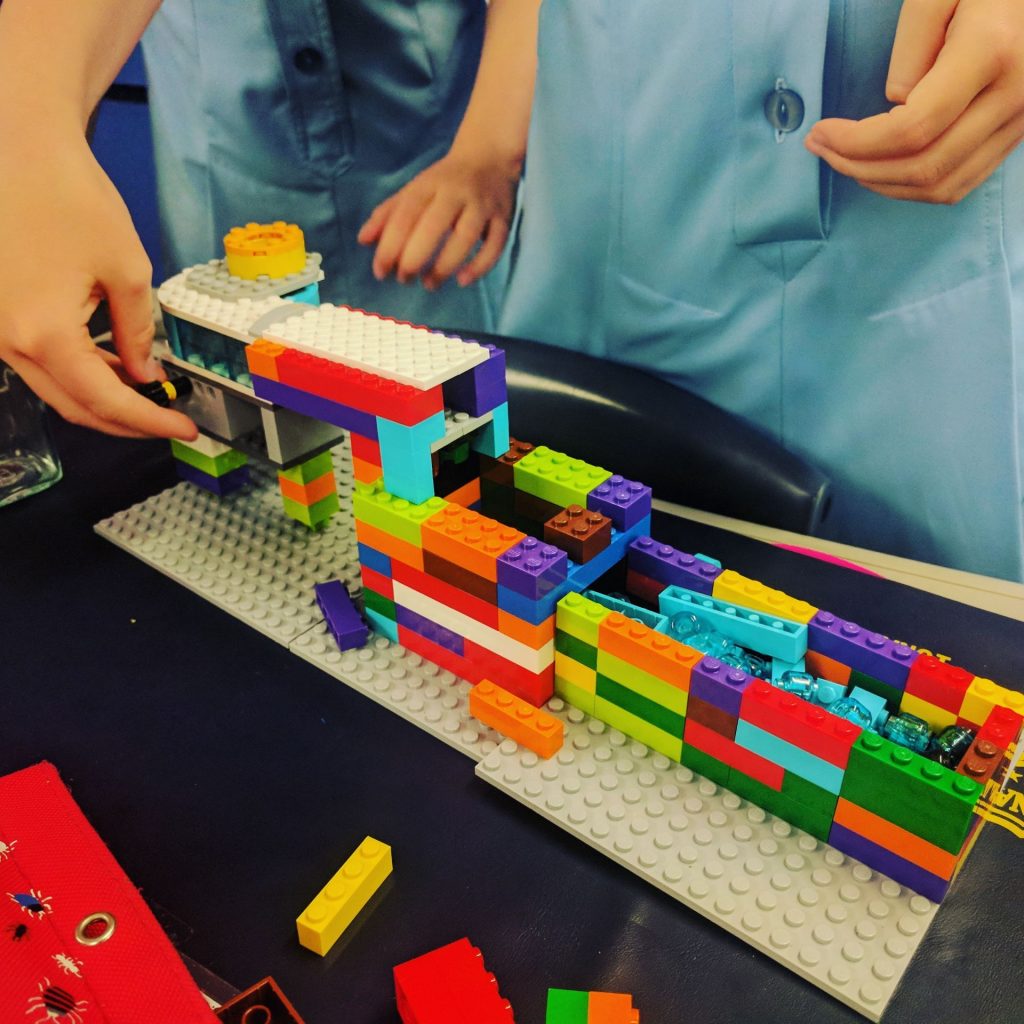
Learning about the water journey through Junior FLL
I spent the 2017 school year trying to develop a meaningful personal understanding of effective STEM teaching practice and projects, testing out some ideas and approaches in both collaborative and specialist teaching contexts. We ran some promising experiments with the use of robots to teach basic maths concepts (angles, measurement of distance) in the early years. I particularly enjoyed collaboratively teaching our first Junior FLL AQUA ADVENTURE season in Year 2. I also experimented with teaching marble runs (Year 4), cardboard automata (Year 5), and Scratch storytelling and game design (Years 5 and 6).
Overall, I learned some positive lessons this year.
- Effective STEM projects are hands-on, collaborative, and underpinned by the design process. Students need time to tinker with ideas and materials, before applying their learning and conceptual understandings to design, build, and refine a solution to a problem.
- Specialist STEM rotations are a fantastic way to teach foundational Design/Digital Technologies concepts and skills, but for this to make a real difference, students need more opportunities to apply their learning in other curriculum areas – for example, providing students with the opportunities to explain Science concepts using a Scratch animation.
- Next year, I’d like to try and explore opportunities to better integrate my STEM and robotics projects with other curriculum areas. I am also keen to improve my teaching of design thinking and the design process.
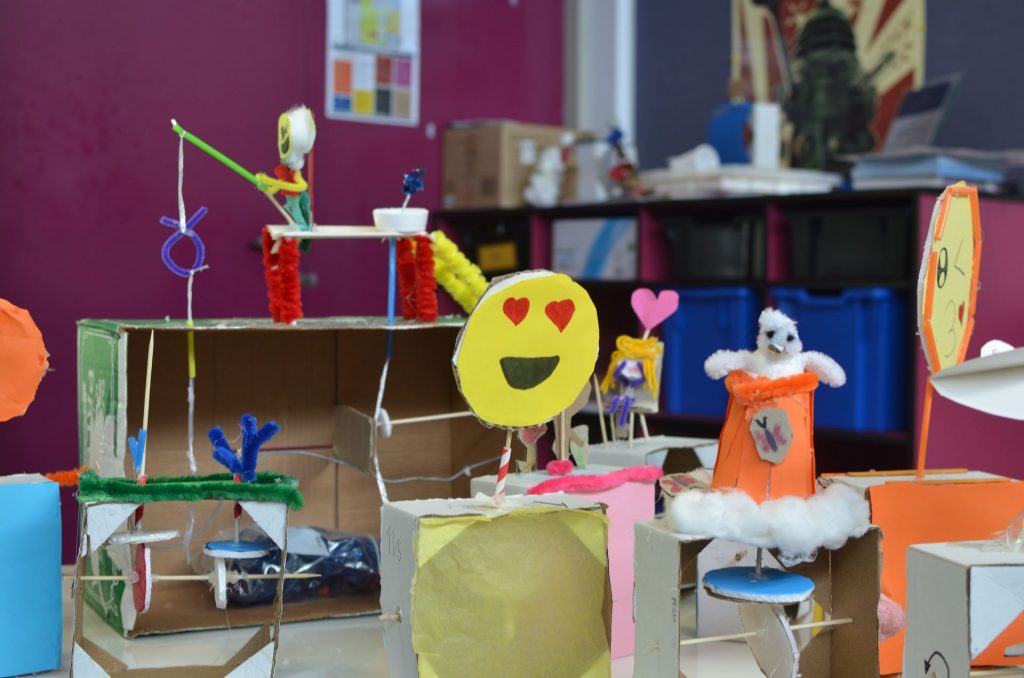
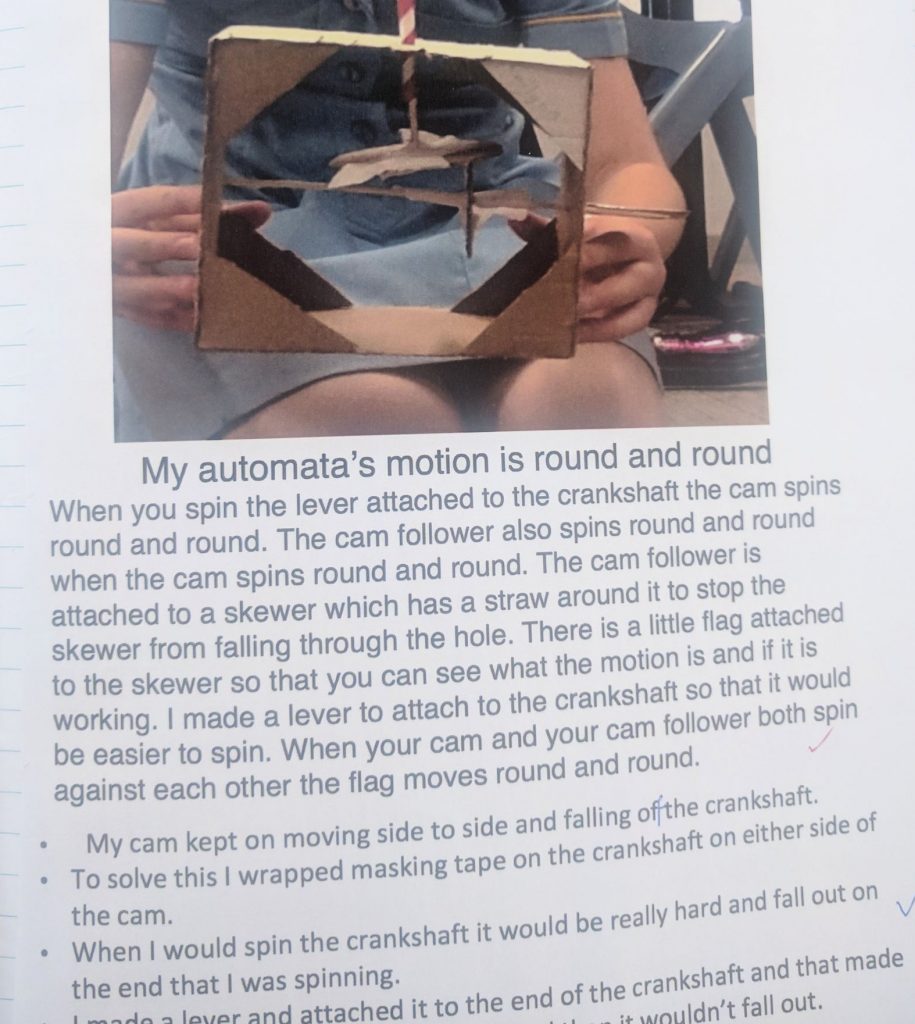
The Tinkering Studio @ The Exploratorium
One of the highlights of my year was spending six weeks touring the USA, where I attended ISTE in San Antonio TX, ran a Scratch game design workshop in Chicago, and visited The Exploratorium in San Francisco. This trip was a priceless opportunity to visit friends old and new, and my visits to one of the world’s greatest science discovery museums in San Francisco were particularly valuable. I had the pleasure of meeting Karen Wilkinson, the Director of the Tinkering Studio, and touring their work and tinkering space.
- Tinkering Studio
The Tinkering Studio felt like the spiritual home of the maker movement, and their book – The Art of Tinkering inspired our experimentation with Cardboard Automata (mechanical toys), marble runs, fused plastic fabrics, and marble runs when I returned home. The Automata project was one of the hardest yet most rewarding STEM projects I have facilitated to date, resulting in a significant growth in students’ understanding of mechanical principles and the design process.
I was also fascinated by the major Cardboard sculpture exhibition in The Exploratorium, and I hope to explore the possibilities of guided, large-scale cardboard construction in 2018.
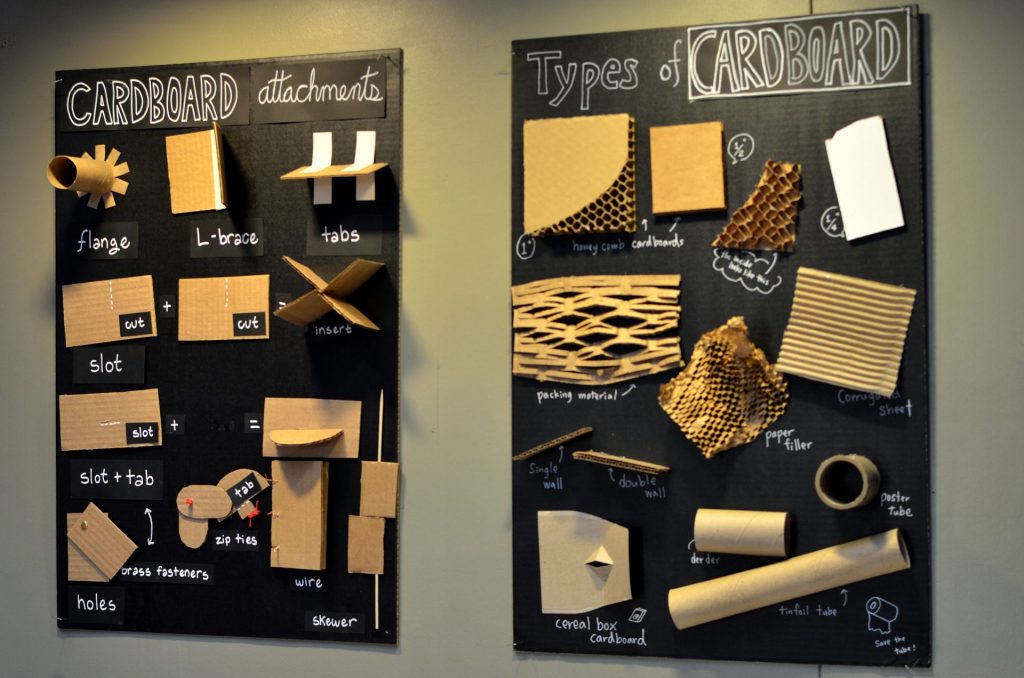

Coaching RoboCup Junior
From March to August 2017, I helped coach two former students through their first RoboCup Junior Dance competition. One of the best aspects of RoboCup Junior is its emphasis on the learning process, especially its recommendation that participants maintain a robot design journal or engineering log. This journal, while not compulsory, proved to be one of the best things we ever did, and the girls went on to win Second Place Secondary Dance at the WA State Tournament.
I took a few big takeaways from RoboCup Junior, which I hope to better implement into our robotics program next year
- Explicitly teach the engineering design process & how to keep an engineering journal
- Build your own robots – not something you’ve found in a book. You learn so much more this way.
- Remember to have FUN! (Even when your team drops and destroys the robot an hour before the practice tournament).
- Tournaments are fantastic networking and learning opportunities for the children (as well as the coaches). The more time they spend talking to and sharing ideas with other teams, the better.
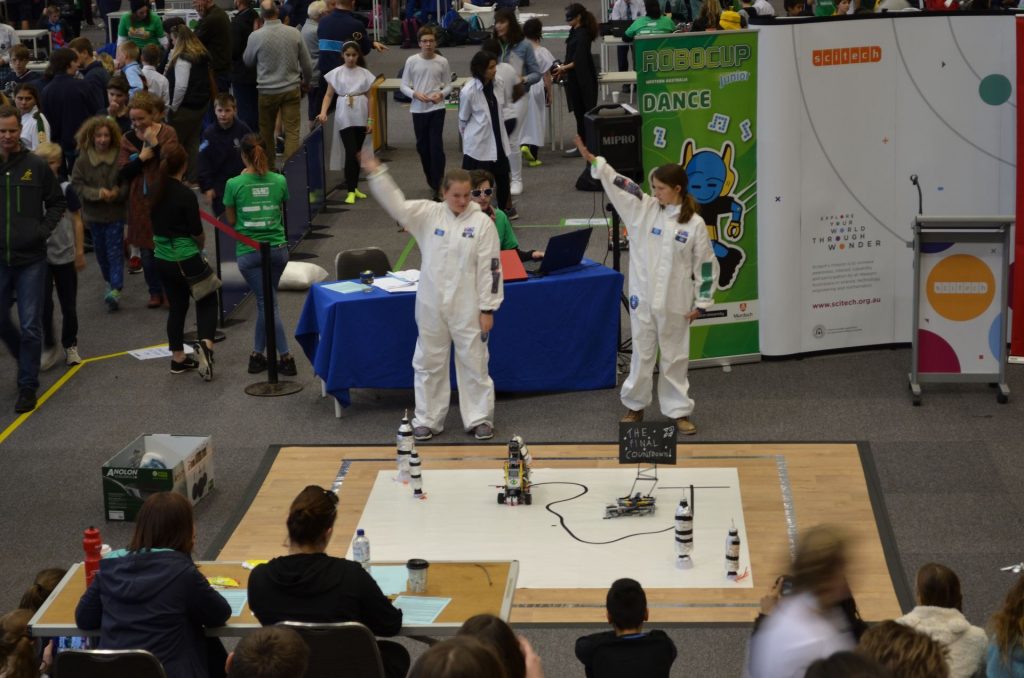
An epic FIRST LEGO League season

In the latter half of the year, my life felt like it revolved around preparations for the FIRST LEGO League “Hydrodynamics” season. In our second season, we once again fielded two teams – “No Signal” and the “Robotic Rebels”. Our goals for this season were to improve our robot design, engineering documentation, and raise the standard of our project research and solution. We invested more hours (mostly on weekends) than I’d care to admit, and while our robot games were a demoralizing disaster, the girls performed remarkably well overall. One team won the Project Presentation Award, and the other, against all expectations, won the Regional Championship Award. We flew to Sydney in early December for the National Tournament – which was an eye-opening learning experience.
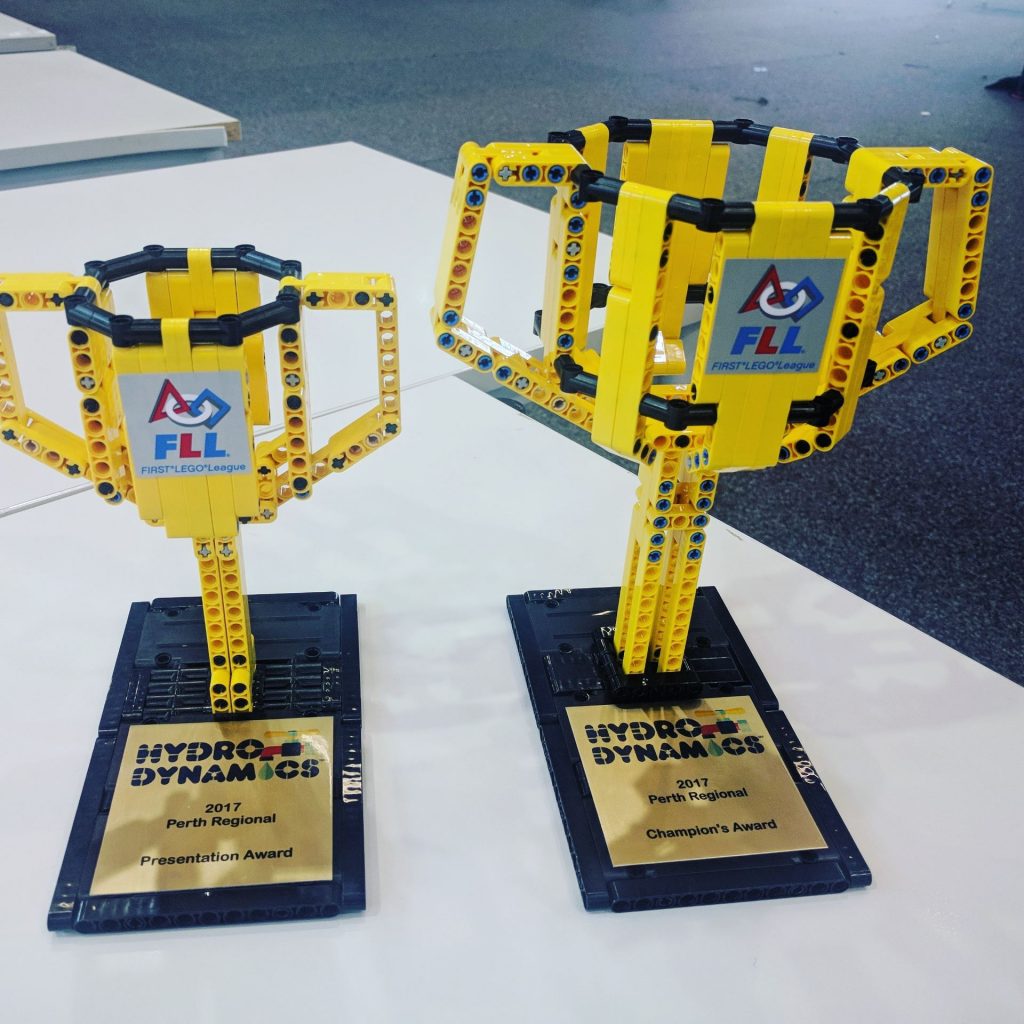
The Hydrodynamics FLL season is one that I will remember for many years to come, and not just because we brought home some really nice LEGO trophies. I’ll remember it for the girls I coached, and the lessons we learned during the course of the season. Perhaps the most significant of these is that the FLL Core Values matter.
In my estimation, we fielded two of the top 5 teams in our regional tournament, but the one which qualified for the national competition was the team which fully embraced, and communicated their experience with the FLL core values. During the year, and especially in the first few weeks of the season, these girls seriously struggled to work together, let alone be kind to each other. We did a few core values activities, had a few rather blunt conversations about teamwork … and gradually, I saw signs of real change. It was extraordinary to watch their transformation over the course of the season. It was an insight into the true spirit of FLL, and one which I will treasure.
Some of our other takeaways
- While we made significant strides in our engineering documentation and robot design, consistent robot performance was a major issue. At nationals, we learned to use a minimum of two sensors at all times, with the wall being a sensor. While we were making extensive use of wall squaring and line align techniques, differences in the competition table contributed to inconsistent robot performance. Using a touch sensor to confirm we had hit the wall would have been helpful.
- At nationals, we were lucky enough to receive a masterclass in advanced robot and attachment design from Project Bucephalus, one of the best teams in Australia. We were really intrigued by the possibilities of having a small base robot and large-scale attachments which could complete multiple missions in one run. This is something we will endeavour to explore further next year.
- We made fantastic improvements in the project research component, but designing innovative solutions to the problems is something we will work on next year. We have started teaching design thinking skills this year – and hopefully, the girls will be better prepared for this component by the time we start our 2018 season.
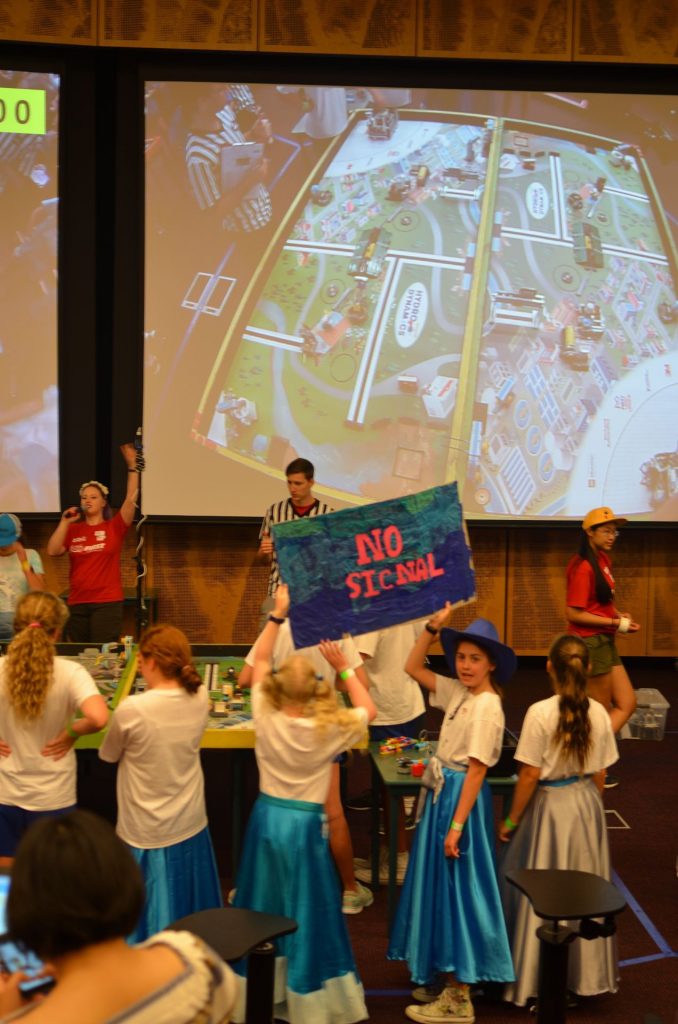
Teaching Amazing Girls
So, in closing, I’d like to dedicate this post to the amazing children I taught this year, especially my Scratch addicts and my FLL robotics girls. Your passion, and willingness to share your learning with your peers and myself gave me a reason to push through and try out new ideas. I’d also like to thank for my (now former) Principal, who inspired me through her words and actions to become a better teacher. In a year of massive change within our school community, your example and leadership were greatly appreciated.
While there are more significant changes on the horizon, I hope 2018 will be a better year.

